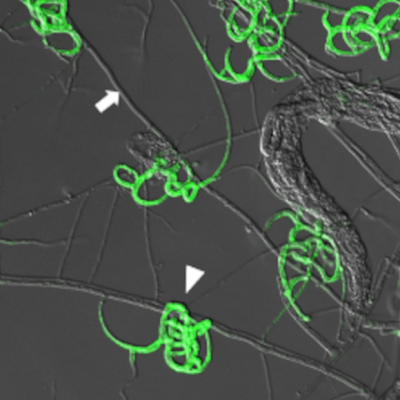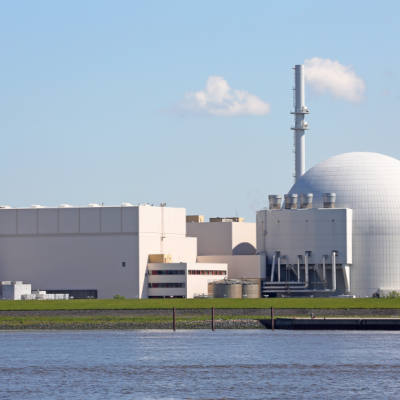In a groundbreaking discovery, researchers at St. John’s College, Cambridge University have successfully altered the process of photosynthesis to produce large amounts of hydrogen and oxygen through sunlight. The team has artificially modified the process of photosynthesis to split sunlight into hydrogen and oxygen using algae in water. Hydrogen is of particular interest to researchers in the field of renewable energy as it is seen as a green and almost limitless source of energy.
Photosynthesis is one of the most important chemical processes on the planet, producing almost all of the Earth’s oxygen. While researchers have previously been able to artificially mimic photosynthesis, a catalyst was always necessary, and the process was not efficient enough for large-scale use. However, the new semi-artificial photosynthesis developed by the Cambridge team is a milestone in chemistry, producing significantly more energy than both natural and artificial photosynthesis.
The researchers used a specific type of algae to convert sunlight into hydrogen and oxygen, utilizing hydrogenase enzymes to convert protons into hydrogen. This breakthrough has opened up new possibilities for solar technology, and the researchers are confident that they can develop new solar technologies using this process. “We are now able to create a reaction that does not exist in nature,” explains lead author of the study, Katarzyna Sokol.
This discovery is a significant step forward in the field of renewable energy, offering a new and efficient way to produce hydrogen as a green energy source. The potential applications of this technology are vast, and it could have a significant impact on the future of energy production.










